Flower Bulb Garden Soil – What Soil Do Bulbs Like Best
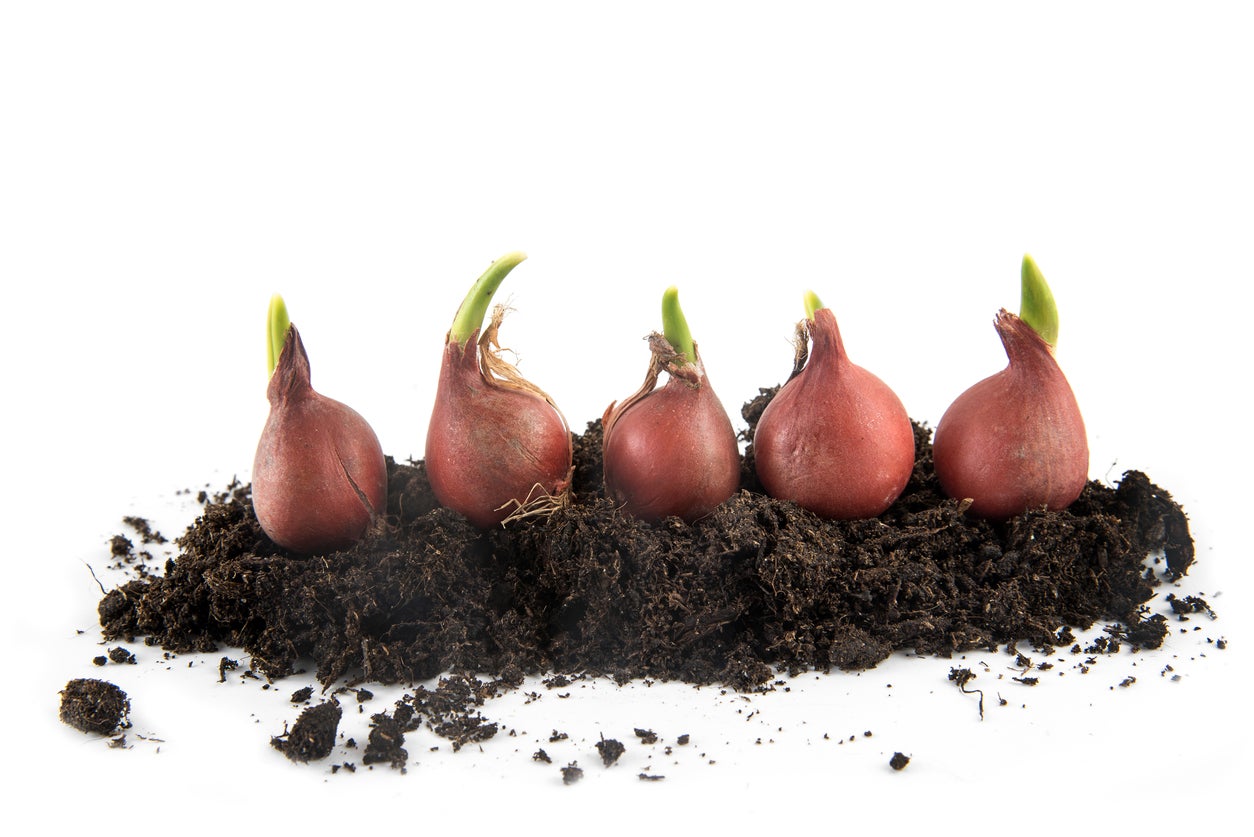
It’s fall, and while vegetable gardening is drawing to a close with canning and preserving for the winter, it’s time to think ahead to spring and summer. Really? Already? Yes: It’s time to think about planting bulbs for spring and summer blooms. And, if you’re starting with a new bulb project and you know where to plant them, it’s important to start with the basics and think about the best soil requirements for bulbs.
What Soil Do Bulbs Like?
Bulbs like a neutral pH 7.0, which is ideal soil for bulbs. Neutral pH is important in establishing root health and growth. Lower than 7.0 is acidic and higher than this is alkaline, neither of which help the roots develop. The best kind of soil for planting bulbs is sandy loam – a balanced mix of clay, sand, silt, and organic matter. Keep in mind that “balance” is needed as soil requirements for bulbs.
Clay and silt are two types of soil that are very dense and give little room for roots to develop. Clay and silt also retain water, which impedes proper drainage. Sand adds texture to the bulb garden soil and provides water drainage and aeration for a healthy plant.
Ideal soil for bulbs includes good drainage, therefore, picking the right spot for planting bulbs needs to be in an area that drains well. Pooled or standing water will lead to root rot.
General Rule of Thumb – plant spring bulbs two to three times as deep as the bulbs are tall. That means large bulbs, such as tulips and daffodils, should be planted about 8 inches (20 cm.) deep. Smaller bulbs should be planted 3 to 4 inches (8-10 cm.) deep.
It is important to dig deep and loosen the soil for planting bulbs. Give the roots room to grow and develop. This rule, however, does not apply to summer bulbs, which have varying planting instructions. Refer to the instructions that come with the summer bulbs.
Bulbs should be planted in bulb garden soil with the nose (tip) pointing upward and the root plate (flat end) downward. Some bulb experts prefer to plant bulbs in a spaded bed rather than with a single bulb planter. If the soil for planting bulbs is ready and prepped, to each their own.
Gardening tips, videos, info and more delivered right to your inbox!
Sign up for the Gardening Know How newsletter today and receive a free copy of our e-book "How to Grow Delicious Tomatoes".
Fertilizing Bulb Garden Soil
Spring and summer bulbs need phosphorus to stimulate root development. Interesting fact: phosphorus acts slowly once applied to the bulb garden soil, so it’s important to work the fertilizer (bone meal or superphosphate) into the lower part of the planting bed before placing the bulbs in the soil.
Apply additional soluble fertilizer (10-10-10) after the bulbs are planted and once a month after shoots appear.
DO NOT fertilize after the bulbs start flowering.
DO NOT use amendments such as mint mulch, horse or chicken manure, mushroom compost, garden compost, or commercial soil amendments for bulb beds. The pH is either acidic or alkaline, which hampers healthy root growth and can actually kill the bulbs.
-
 Looking For Plants To Give You The Soft And Fuzzies? Try These 5 Fuzzy Leaf Plant Options
Looking For Plants To Give You The Soft And Fuzzies? Try These 5 Fuzzy Leaf Plant OptionsLovers of texture, drama, silver foliage and tactile plants will adore these special sensory garden additions. These fuzzy leaf plant options will leave you all aglow
By Susan Albert
-
 Get Ready For A Summer Of Hummers! Grow These Full Sun Hummingbird Plants and Flowers
Get Ready For A Summer Of Hummers! Grow These Full Sun Hummingbird Plants and FlowersIf you’re lucky enough to enjoy a sunny backyard, make sure you are maxing out on your pollinator opportunities and grow these full sun hummingbird plants and flowers
By Tonya Barnett
-
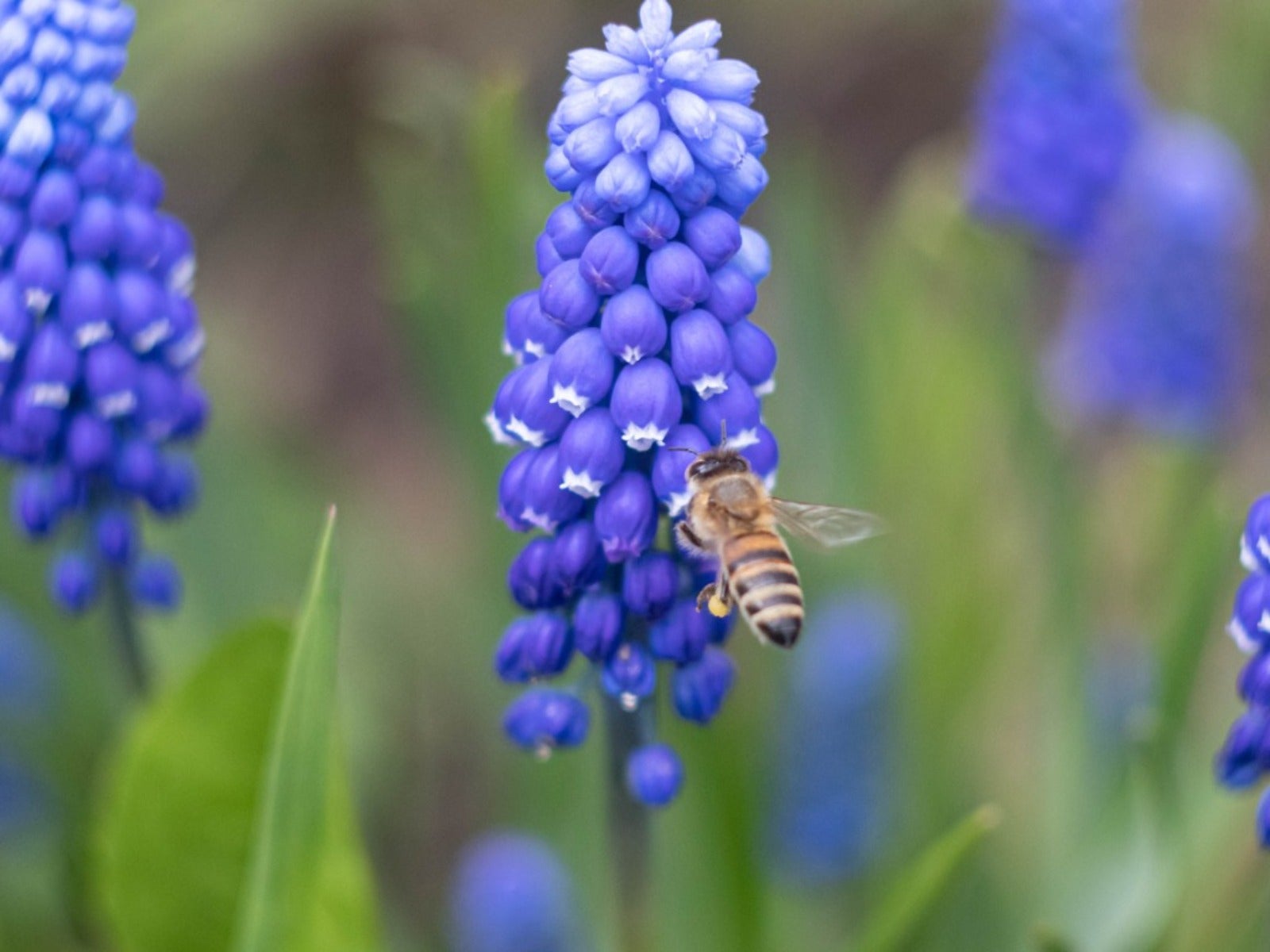 Pretty Spring Bulbs For Pollinators
Pretty Spring Bulbs For PollinatorsWhat are the best flowering bulbs for pollinators in spring? Click here to find out.
By Mary Ellen Ellis
-
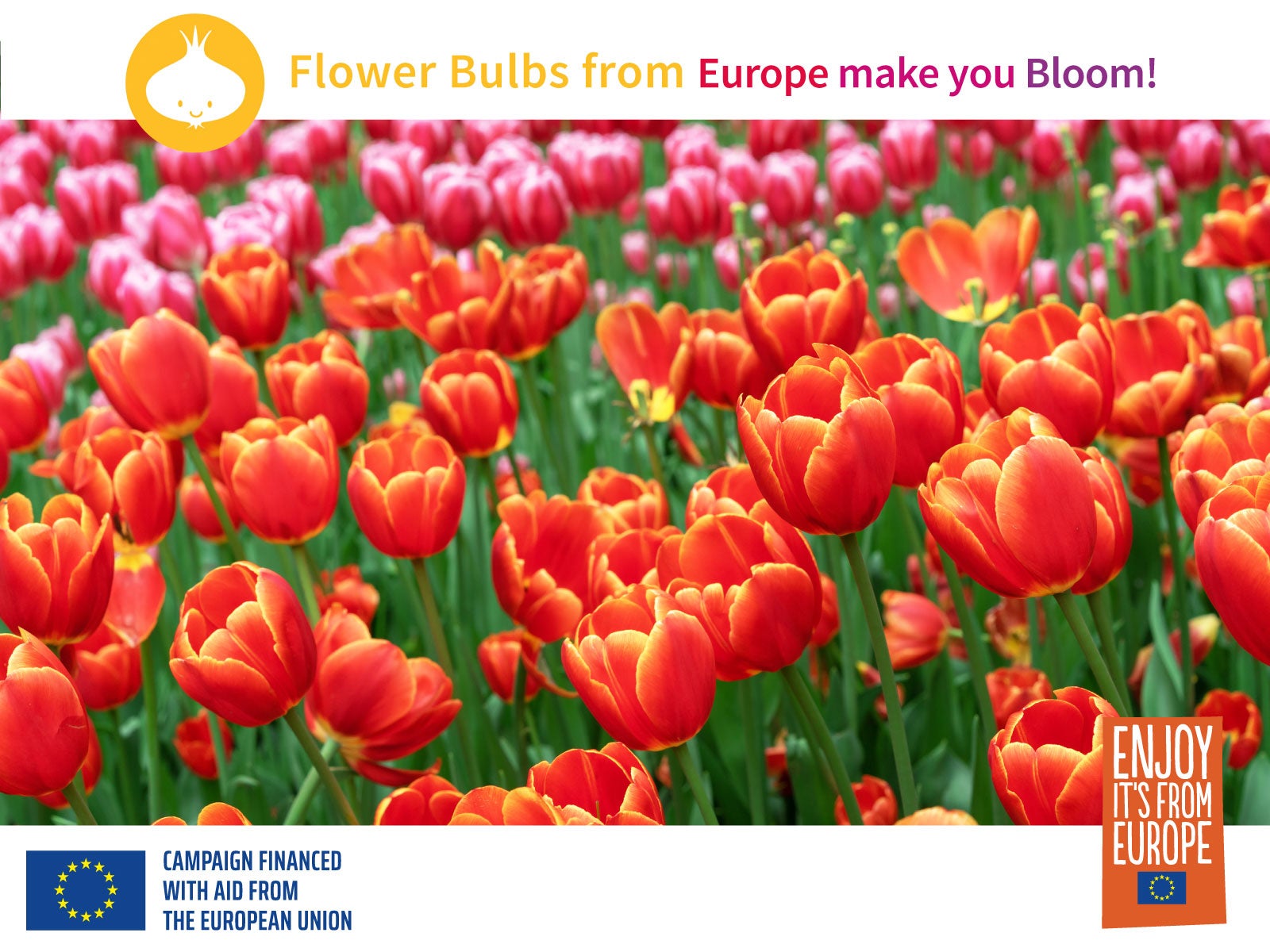 Grow An Early Spring Flowering Bulb Lawn
Grow An Early Spring Flowering Bulb LawnWant a lawn that nourishes pollinators, never needs weeding, and grows more beautiful every year? We have the lawn for you. Click for more.
By Caroline Bloomfield
-
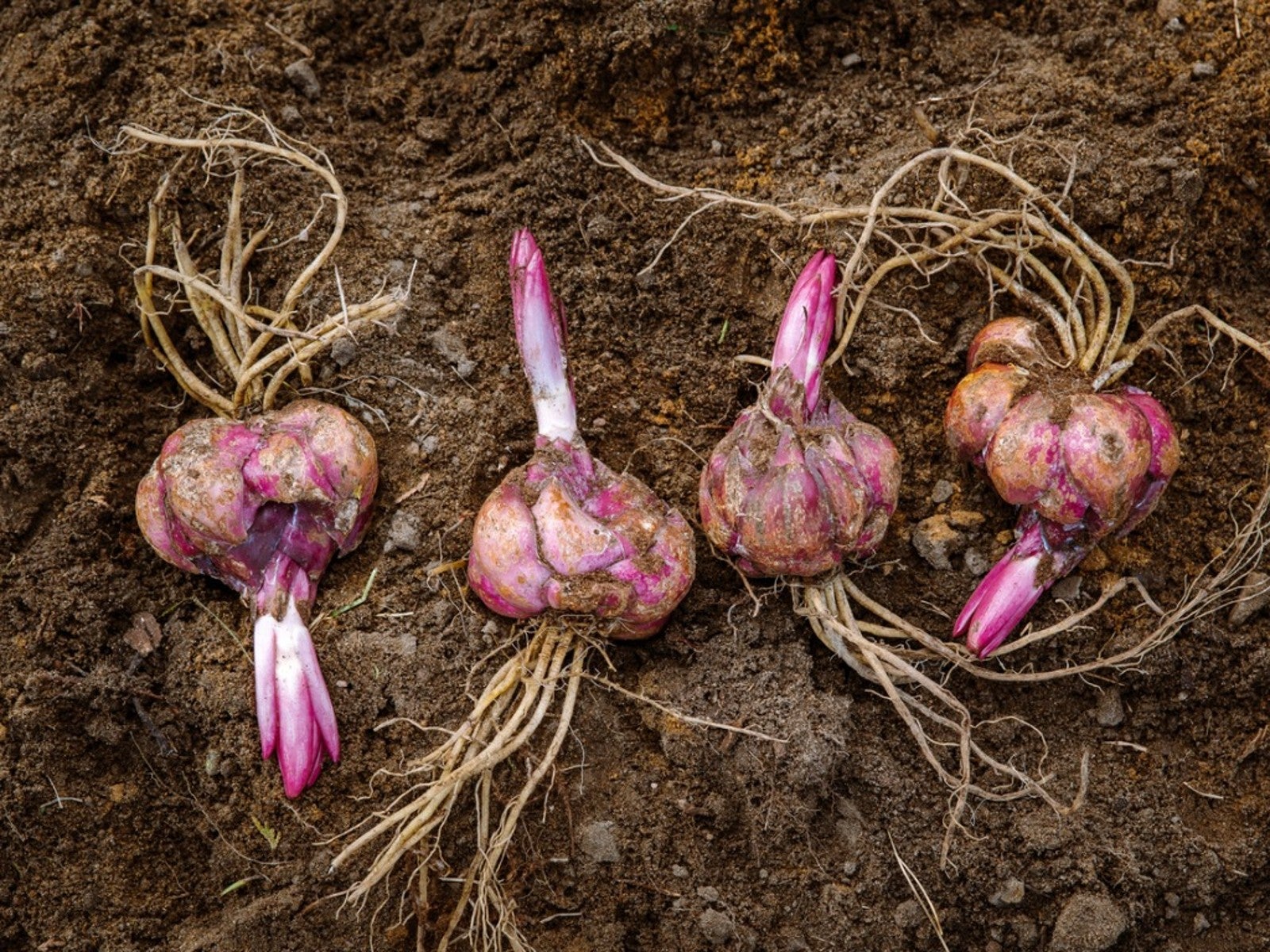 When To Dig Up Bulbs That Bloom In Summer
When To Dig Up Bulbs That Bloom In SummerClick here to learn when to dig up faded summer bulbs of some of the most common ornamentals grown.
By Tonya Barnett
-
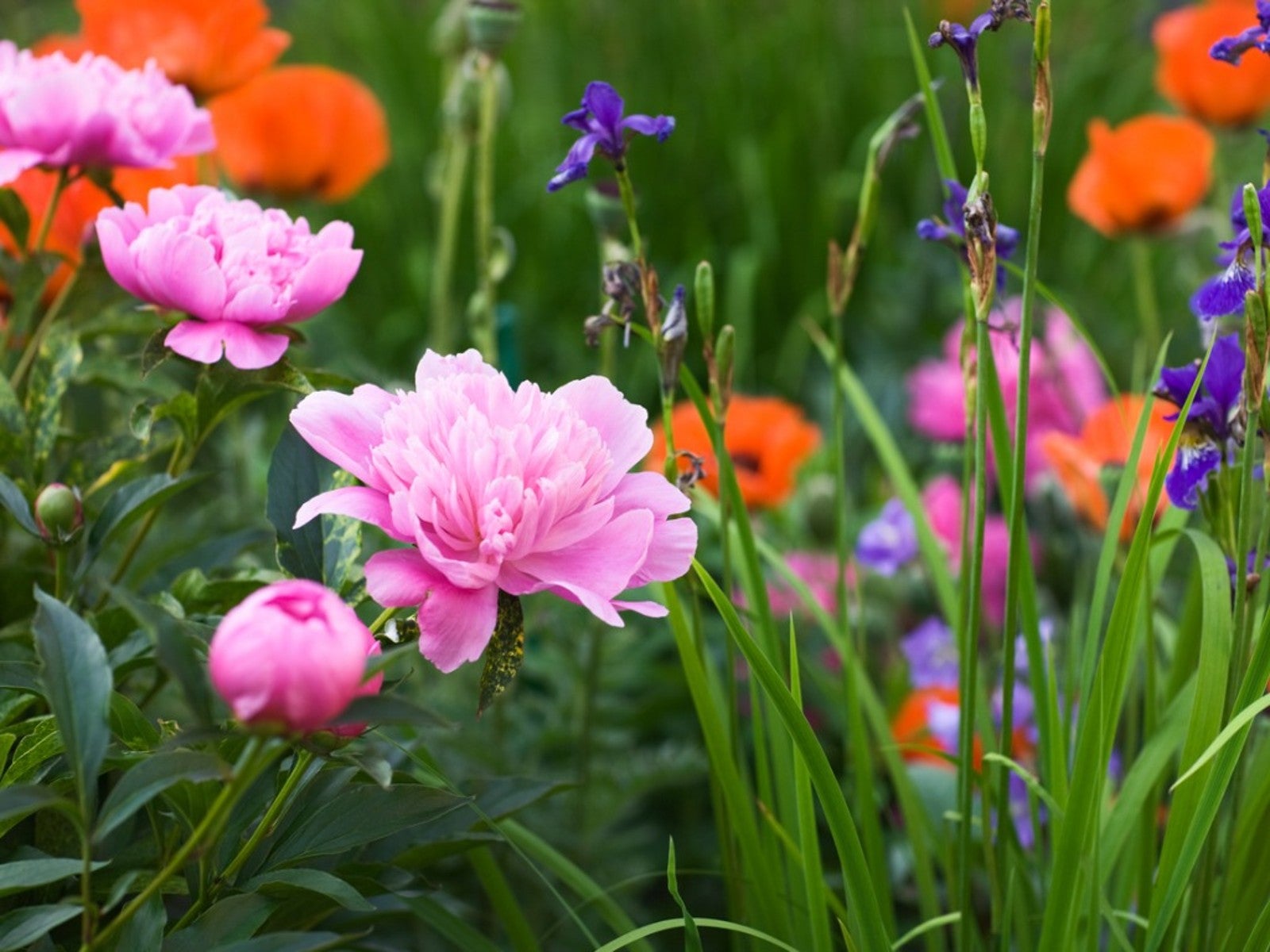 Corms, Tubers, And Bulbs That Are Deer Resistant
Corms, Tubers, And Bulbs That Are Deer ResistantWe love tulips, and so do deer! If you have hungry deer and you hunger for spring blooms, this article should help.
By Amy Grant
-
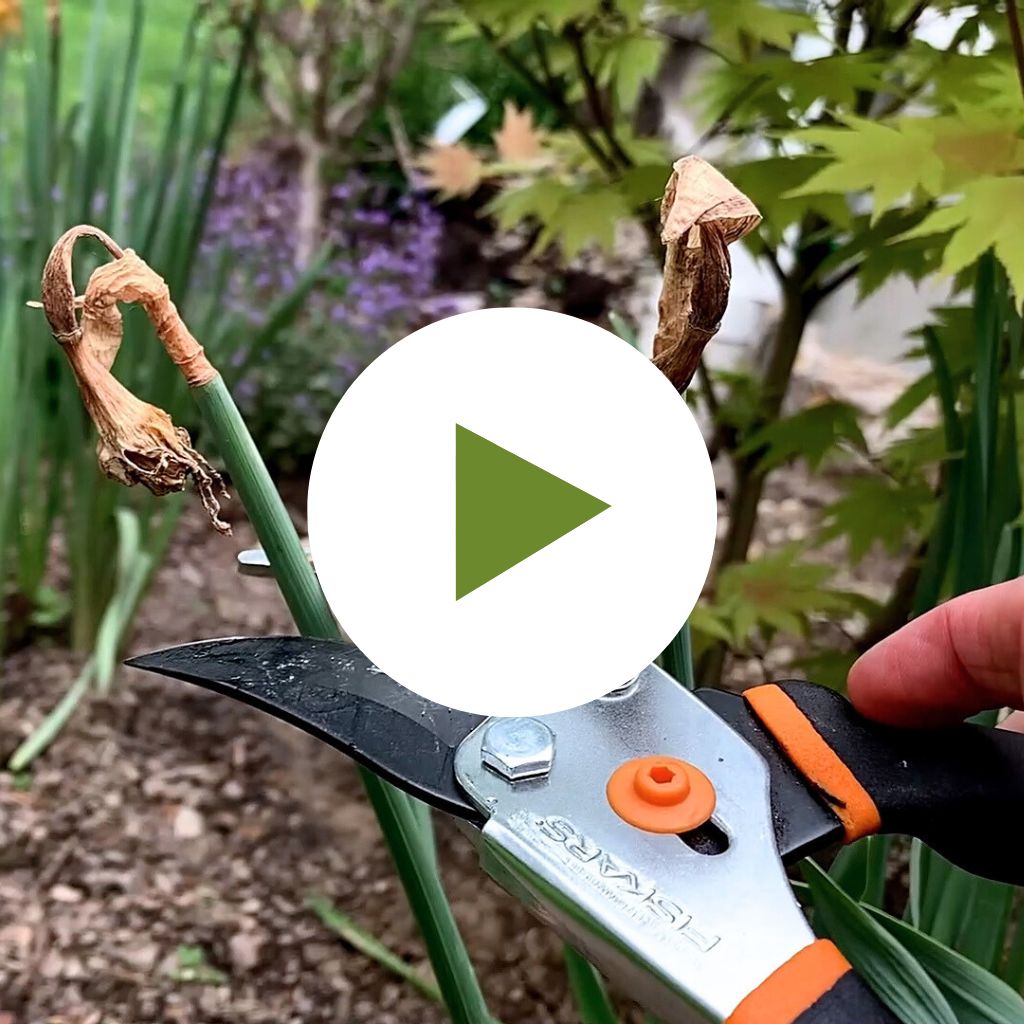 Care for Bulbs After Blooming
Care for Bulbs After BloomingIt's tempting to chop down the leaves after you bulbs have bloomed, but you have to resist this urge! Click to learn why.
By Amy Draiss
-
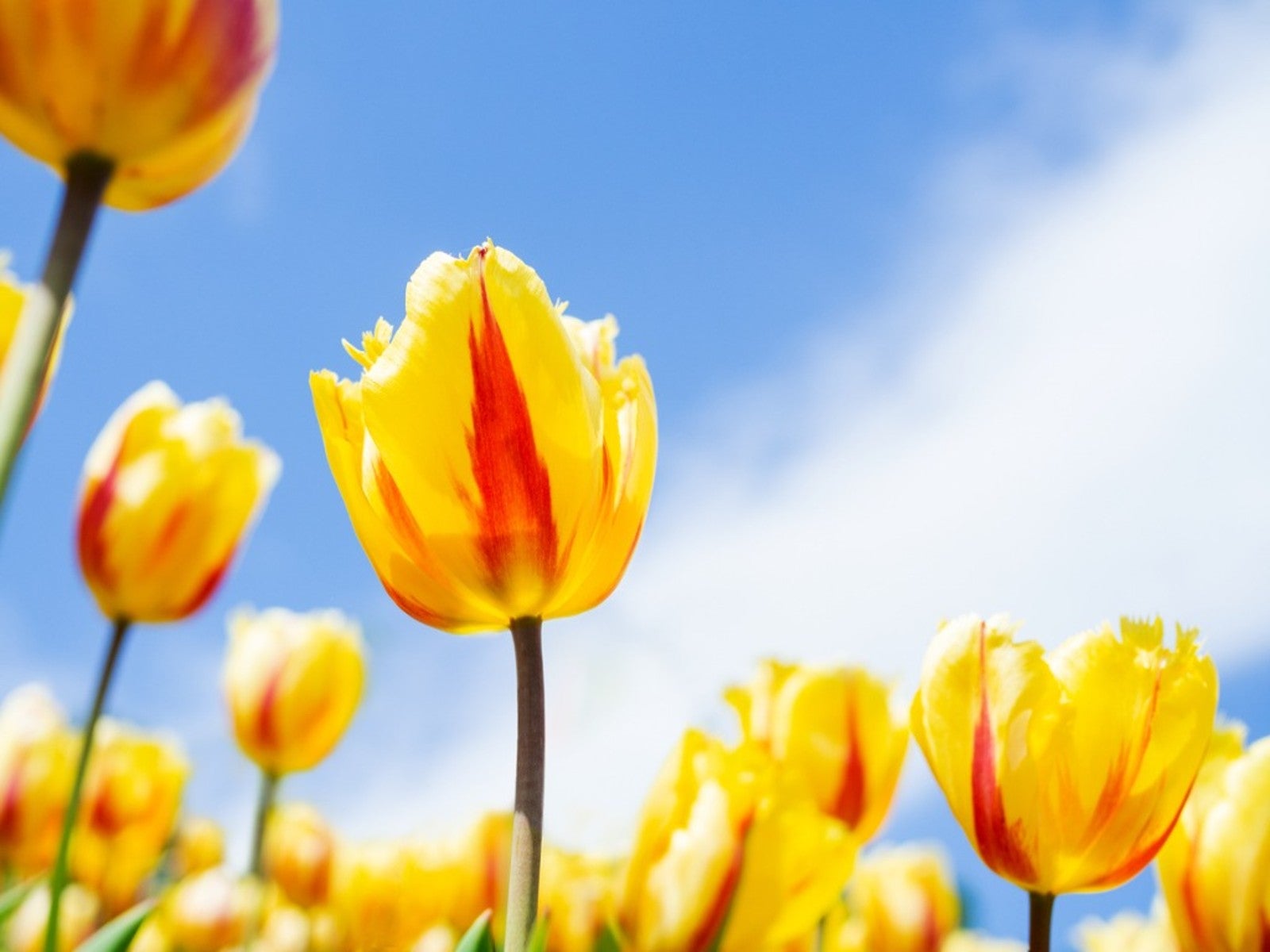 Best Spring Bulbs for Sun and Shade: Bulbs That Grow in Shade and Full Sun
Best Spring Bulbs for Sun and Shade: Bulbs That Grow in Shade and Full SunBulbs are beautiful harbingers of spring. Most flower bulbs thrive in full sun, but what if you have a shaded landscape? Read on for more.
By Amy Grant
-
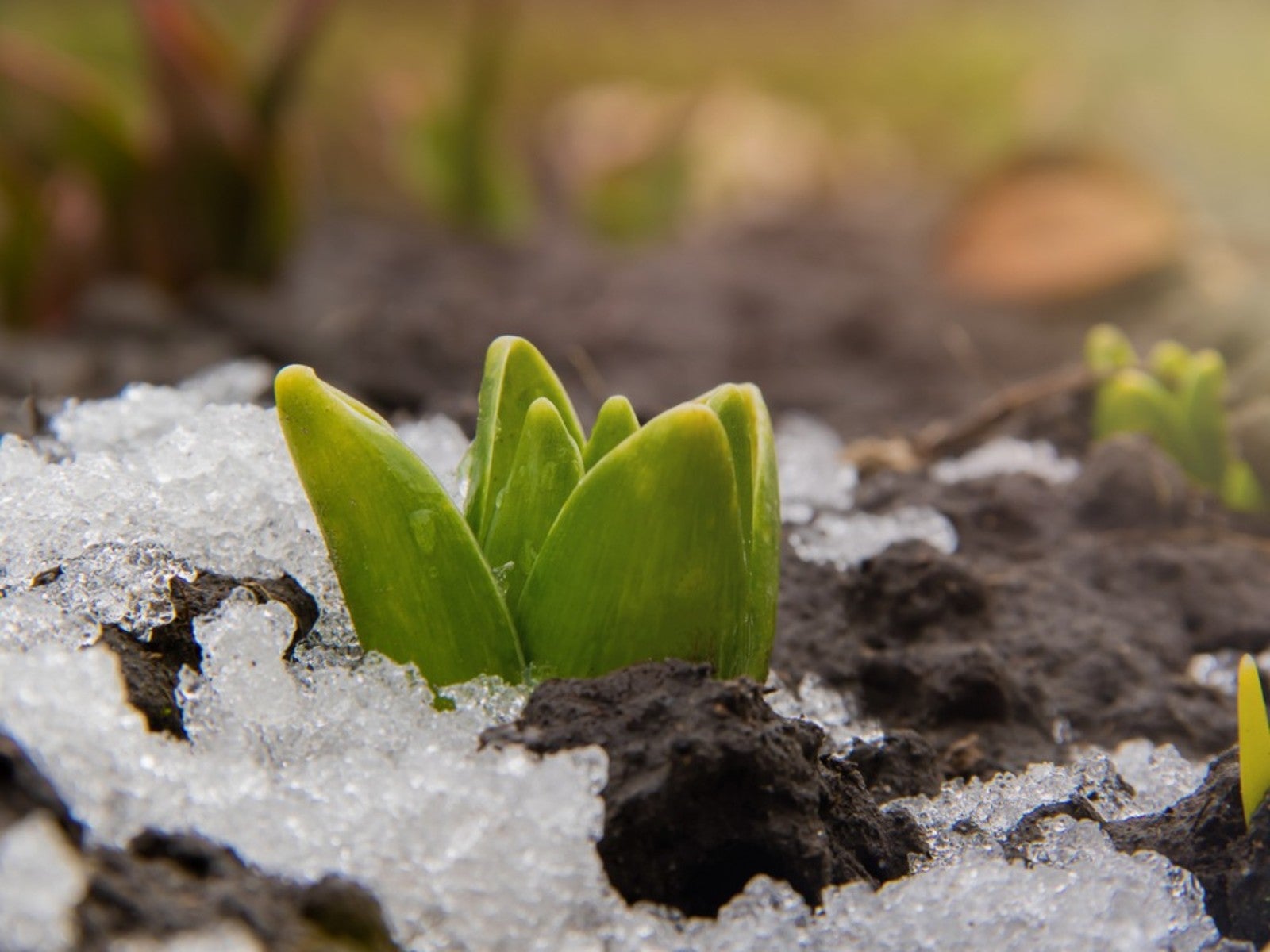 Bulb Life Cycle In Winter: What Bulbs Do For Months Under The Snow
Bulb Life Cycle In Winter: What Bulbs Do For Months Under The SnowDormancy in winter doesn't mean nothing is happening with bulbs. It just means you don't see any growth above the ground. Read on for more.
By Bonnie L. Grant
-
 How To Plant Bulbs In Pots - Lasagna Style
How To Plant Bulbs In Pots - Lasagna StylePlanting bulbs in containers is an easy way to create a gorgeous spring porch arrangement, especially when you use the lasagna method.
By Laura Walters